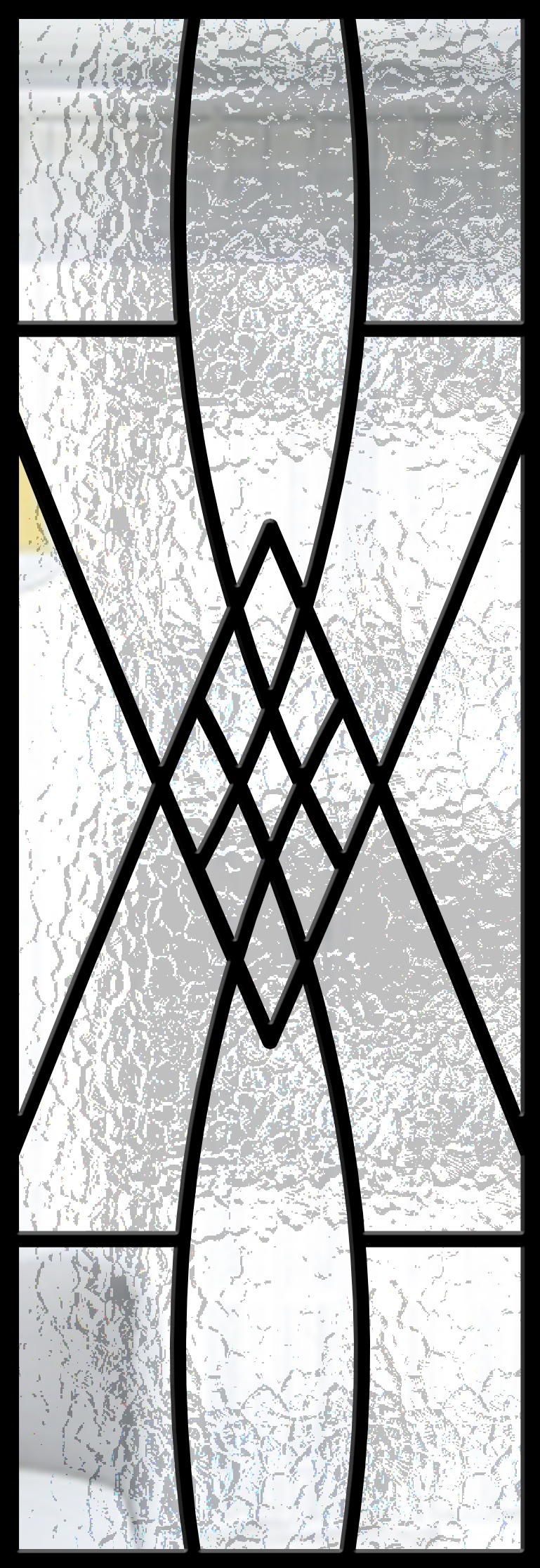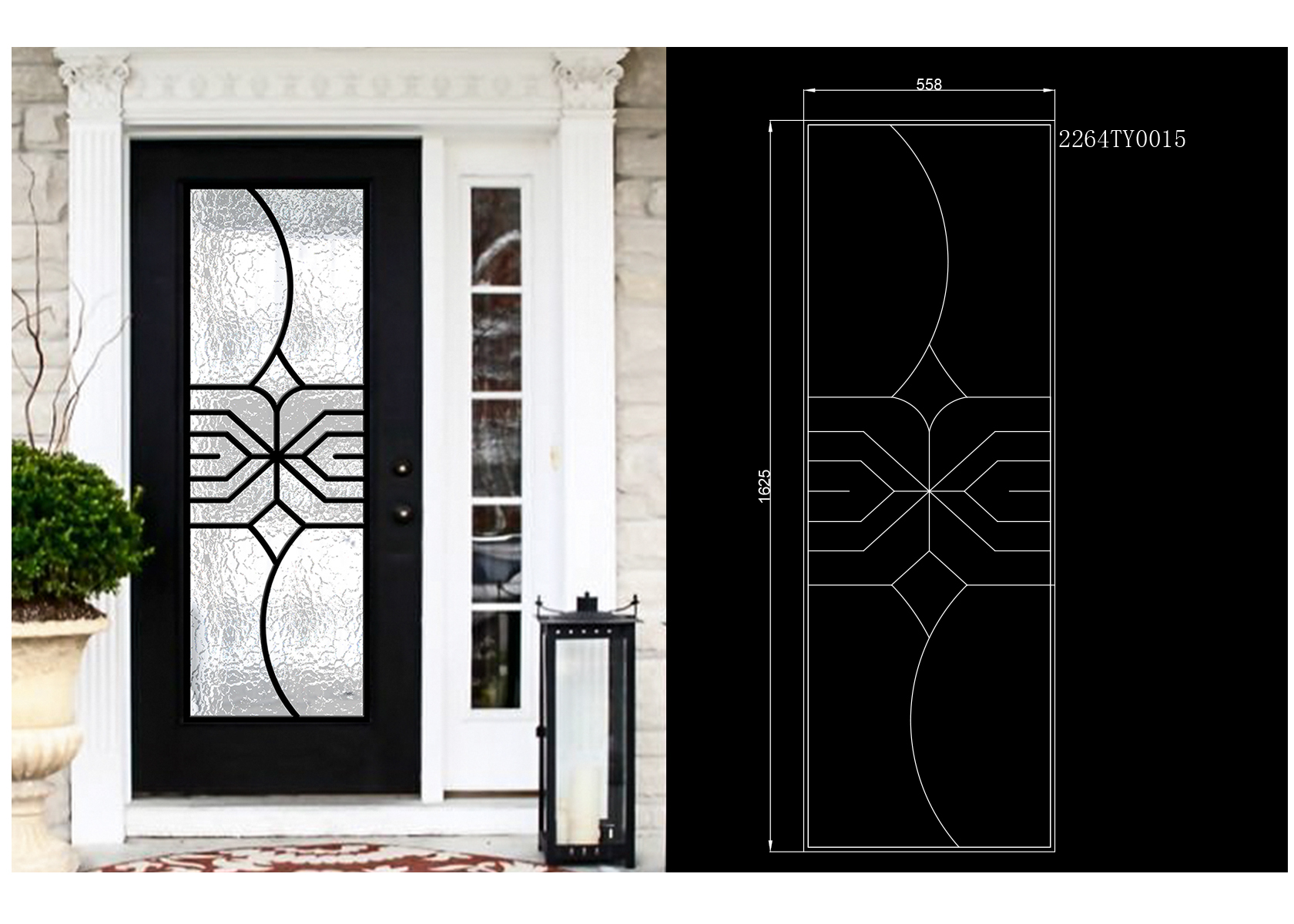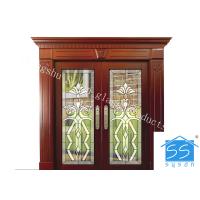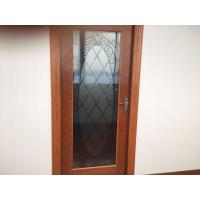Materials And Techniques
Contrary to popular belief, the glassmaker and the stained-glass
artist could seldom have been the same person even in the earliest
times; in fact, the two arts were rarely practiced at the same
location. The glassmaking works was most readily set up at the edge
of a forest, where the tremendous quantities of firewood, ash, and
sand that were necessary for the making of glass could be found,
whereas the stained-glass-window-making studios were normally set
up near the major building sites. The stained-glass artist, thus,
has always been dependent upon the glassmaker for his primary
material. Coloured with metallic oxides while in a molten
state—copper for ruby,
cobalt for blue,
manganese for purple,
antimony for yellow, iron for green—sheets of
medieval glass were produced by blowing a bubble of glass, manipulating it
into a tubular shape, cutting away the ends to form a cylinder,
slitting the cylinder lengthwise down one side, and flattening it
into a sheet while the glass was still red hot and in a pliable
state. It was then allowed to cool very slowly in a kiln so that it
would be properly annealed and not too difficult to cut up into
whatever shapes might be required for the design. Since these
sheets of glass, with the exception of a type known as flashed
glass, were intrinsically coloured with one basic colour
throughout, changes from one colour to another in the design of a
window could be effected only by introducing separate pieces of
glass in each of the requisite colours.
Whether by accident or by deliberate intent, the glass made in the
12th and 13th centuries had almost the ideal combination of crudity
and refinement for stained glass. The sheets, 10 by 12 inches (25
by 30 centimetres) in size, were both flat enough and thin enough
to be cut very accurately into the necessary shapes, yet still
variable enough in thickness (from less than 1/8inch [3 millimetres] to as much as 5/16 inch [8 millimetres]) to have rich transitions in the depth of
their colours. With the progress of glass
technology in the Middle Ages and
Renaissancecame the ability to produce larger, thinner, and flatter sheets of
glass in a considerably larger range of colours than had been
possible in the 13th century. At each distinguishable stage in this
development, however, the glass became less visually interesting as
an
aesthetic element in its own right. The
Gothic Revivalists later recognized this effect, and in the mid-19th
century they initiated a return to the earlier methods of producing
glass. They developed the so-called “antique” glass, which is
remarkably similar in colour, texture, and shading to the glass
that was used in the 12th- and 13th-century windows. “Antique”
glass remains the basic material used in stained-glass windows to
this day.


















